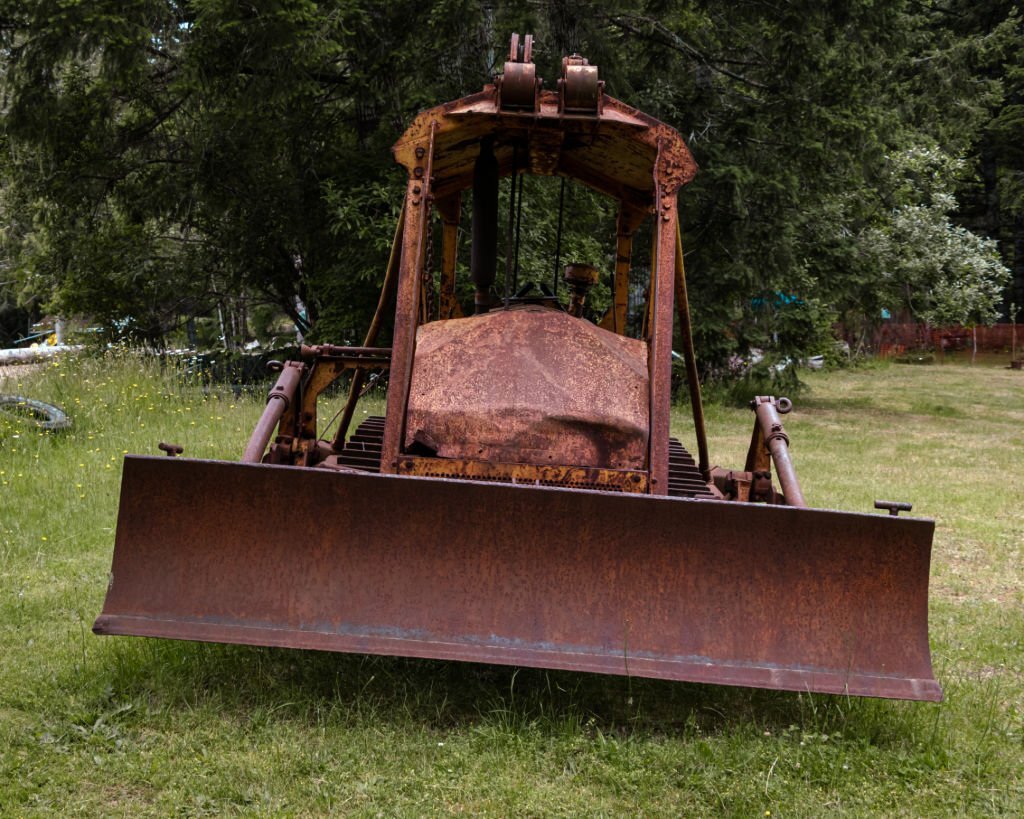
Operating an old bulldozer can be an exciting endeavor, as these sturdy machines have stood the test of time. However, it’s important to approach the task with caution and a thorough understanding of the machine’s capabilities and quirks. In this article, we will provide you with a comprehensive guide on how to operate an old bulldozer safely and effectively, ensuring a smooth and productive experience.
- Know Your Bulldozer: Familiarize yourself with the specific make and model of the old bulldozer you’ll be operating. Locate and study the operator’s manual, which contains crucial information about the machine’s controls, safety features, and maintenance requirements. Understanding the nuances of the particular bulldozer will help you operate it more efficiently.
- Perform a Pre-Operational Inspection: Before starting an old bulldozer, conduct a thorough inspection to ensure it is in optimal working condition. Check the engine, hydraulic systems, tracks or tires, brakes, and all other essential components. Look for signs of wear, leaks, or any potential issues. Report any problems to the maintenance team and refrain from operating the bulldozer until it is deemed safe.
- Safety First: Older bulldozers may lack modern safety features, so it’s crucial to prioritize safety during operation. Wear appropriate personal protective equipment (PPE) such as a hard hat, safety boots, gloves, and safety glasses. Utilize seat belts, if available, and maintain a firm grip on the controls at all times. Remain alert and focused to anticipate any potential hazards.
- Master the Controls: Older bulldozers often have mechanical controls, which may differ from the electronic controls of modern machines. Spend time familiarizing yourself with the specific control layout and function of each lever, pedal, or joystick. Practice operating the bulldozer in a controlled environment to gain confidence and improve your control over the machine.
- Understand Transmission and Gears: Older bulldozers may feature manual or non-synchronized transmissions. Learn the gear shifting process and understand the appropriate gear for different tasks and terrain. Smooth gear changes are essential to avoid undue stress on the engine and maximize efficiency.
- Start Slowly: When starting the old bulldozer, give it time to warm up before engaging in heavy tasks. Old engines may require a few minutes to reach optimal operating temperature. Gradually increase the workload and avoid pushing the machine beyond its limits. Being patient and allowing the bulldozer to perform at its pace will enhance its longevity.
- Maintain Optimal Performance: Regular maintenance is crucial for old bulldozers to ensure their continued performance. Adhere to the manufacturer’s recommended maintenance schedule, which typically includes regular oil changes, filter replacements, and inspections. Pay close attention to engine temperature, fluid levels, and tire or track conditions to identify and address issues promptly.
- Plan and Execute with Care: Create a plan for the tasks you need to accomplish with the old bulldozer. Assess the work area for potential obstacles, such as rocks, stumps, or ditches. Clear the area as necessary and communicate with ground crew members to establish safe zones and maintain clear lines of communication. Exercise caution when navigating uneven terrain and avoid excessive speed or abrupt maneuvers.
- Continuous Learning and Improvement: Operating an old bulldozer is a skill that develops over time. Seek opportunities to learn from experienced operators, attend training programs, or join online communities where you can exchange knowledge and insights. Each experience with an old bulldozer will contribute to your expertise, allowing you to handle the machine more efficiently.
Conclusion:
Operating an old bulldozer requires patience, skill, and respect for the machine’s age and limitations. By following the comprehensive guide provided, you can master the art of operating an old bulldozer safely and efficiently. Remember to prioritize safety, perform pre-operational inspections, understand the controls and transmission, and maintain the machine’s optimal performance through regular maintenance. With continuous learning and improvement, you’ll develop the skills necessary to handle these sturdy machines with confidence and maximize their capabilities. Embrace the experience of operating an old bulldozer and enjoy the rewards of working with vintage construction equipment.

